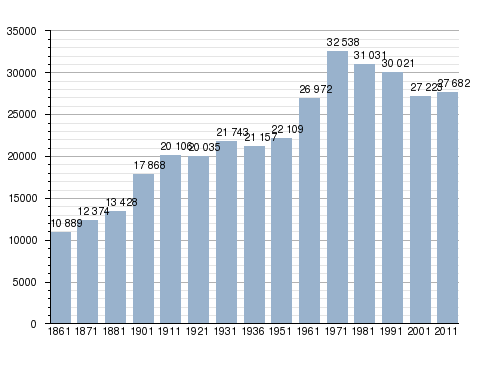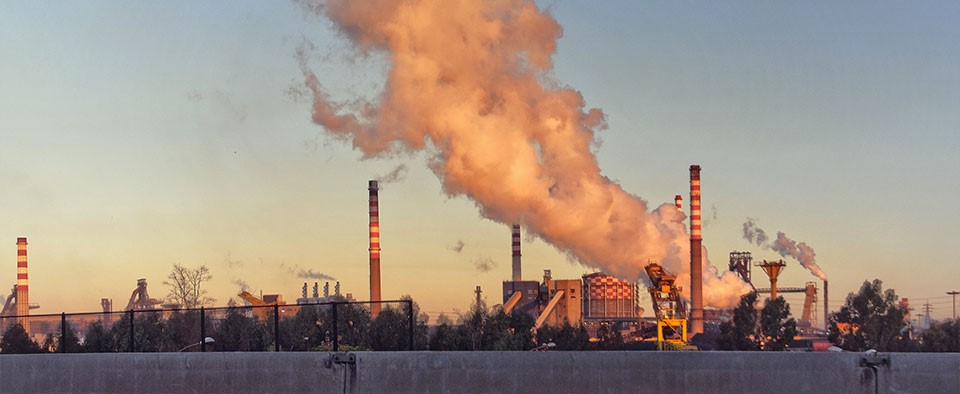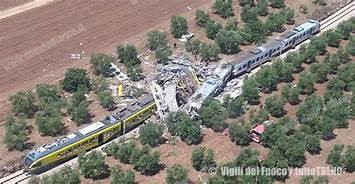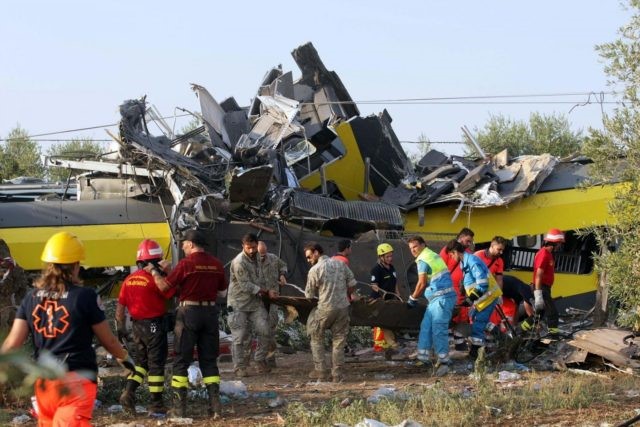ITALIAN CATASTROPIES
The Ilva group
Ilva Group is the most important Italian steel maker, the Group is one of the most famous playe.The most important Italian establishment is situated in Taranto. There are other factories in Genova, Novi Ligure, Racconigi, Marghera and Patrica.
Workers and employees
- 12.227: employees of the establishment.
- 850: Workers engaged in hot areas of the plant.
- 1,163: Employees, of which 91 are cadres.
- 15: Executives.
The hot area of the plant
- 5: the blast furnaces.
- 7: The years when a blast furnace runs uninterruptedly without ever being switched off.
- 1500: the grades needed to cast iron.
- 6: The months needed to reactivate a blast furnace. In some cases, it may take up to 12-15 months.
The history of ILVA has its roots in the economic and social context of the 20th century that transformed Italy into a highly industrialized country.

Its history began in 1905. During the First World War, it bought shipbuildings and aeronautics companies; this requested huge investments and consequent debts, that, at the end of the war, has put the Ilva in serious difficulties. In the late 1980s, during the steel market crisis period, the Group had economic and financial adversities. During 1990s has started the laborious renunciation work of production facilities.
Today steel stands at the center of production processes and continues to represent a strategic sector for the economy.
In the last two decades, the known Ilva steel factory in Taranto has caused a great number of deaths and diseases, in fact in 2012 the factory was put under seizure by the judiciary.
The extreme toxicity of the emissions of the Ilva plant has been demonstrated by numerous investigations and medical reports arranged over the years. One of the latest medical reports, ordered by the Taranto GIP Patrizia Todisco in 2012, has established that between 2004 and 2010 the emissions of fine dust would have caused in the Taranto area an average of 83 deaths a year, and a good 648 hospitalizations the year for cardiorespiratory causes. Ilva's responsibilities are also demonstrated by the high number of workers in the company who died as a result of cancer, particularly stomach cancer, prostate cancer, bladder and pleura.

There are 164 deaths attributable to the Ilva’s still mill emissions in Taranto. The company has highlighted serious shortcomings also from the point of view of safety, with 50 fatal accidents in the company in the last twenty years: one of the most tragic was the one that involved the crane operator Francesco Zaccaria, who crashed into the sea from 60 meters with his cabin.
Andria–Corato train collision
The Andria–Corato train collision happened late in the morning of 12 July 2016 when two regional passenger trains on a single track section of the Bari-Barletta railway collided head-on between the towns of Andria and Corato in the Apulia region in Southern Italy. 23 people were killed and 54 injured. The stretch of track is operated by regional rail company Ferrotramviaria.

The Bari–Barletta line is laid to standard gauge, with 3,000 V DC overhead electrification. Since the 1990s the line has been refurbished, and is mostly upgraded todouble track. The accident occurred between the Corato and Andria stations, on the remaining single track section of the line between Ruvo di Puglia and Barletta. That 37-kilometre (23 mi) section operates with “telephone block” signaling, where station masters must notify the arrival of trains and inform drivers whether it is safe to proceed. EU funds were made available in April 2012 to upgrade this remaining section to double track, but at the time of the accident the work had only recently been put for tender.

The collision occurred at 11:06 local time (09:06 UTC) in the countryside, adjacent to an olive grove, approximately 6 kilometres (3.7 mi) from Andria station and 51 km (32 mi) from Bari. (Many earlier reports mentioned the time 11:38 and also other train service numbers than those later reported. But this seems to have been a mistake.) The trains involved were a Stadler FLIRT ETR 340 (service ET1016 from Bari to Barletta) and anAlstom Coradia ELT 200 (service ET1021 from Barletta to Bari), each being a four-carriage multiple unit. They were travelling at speeds of up to 100 kilometres per hour (62 mph) in opposite directions: ET1021 travelling south-east from Andria and ET1016 north-west from Corato. The crash occurred on a curve, giving neither driver any chance to spot the other train, or attempt an emergency braking, before the collision. The first two carriages and the fore part of the third one of ET1016, and the leading carriage of ET1021, disintegrated in the impact; the second carriage of ET1021 partially derailed and was heavily damaged; the other cars of both trains remained on track almost intact.
The weather at the time was described as hot, moist and sunny, with temperatures up to 40 °C (104 °F).
In addition to the 23 people killed and the 54 injured, both drivers and one of the two conductors were killed. One of the victims was a farmer who was hit by a metal plate while he was working close to the crash site.
The rescue operations were complicated by the lack of road access to the site of the accident and by the hot weather.
A field hospital was set up adjacent to the crash site. Some of the injured were airlifted to hospital by medical helicopter. An appeal was made for local people to donate blood. Around 200 emergency service personnel were involved in the rescue effort, as well as members of the army.
The Italian Prime Minister, Matteo Renzi, cut short a visit to Milan, returned to Rome and then, in the early evening, visited the crash site. The Italian President, Sergio Mattarella , expressed condolences for the crash, as did Pope Francesco. The Mayor of Corato, Massimo Mazzilli, said that the scene was "as if an airplane fell out of the sky". The Agenzia Nazionale per la Sicurezza delle Ferrovie (ANSF) is responsible for investigating rail accidents in Italy.
CAROLI ANTONIO
GIANDOMENICO FRANCESCO PIO
CASTIGLIONE STEFANO
2^D
IISS ‘R. Canudo’ Gioia del Colle
Italy